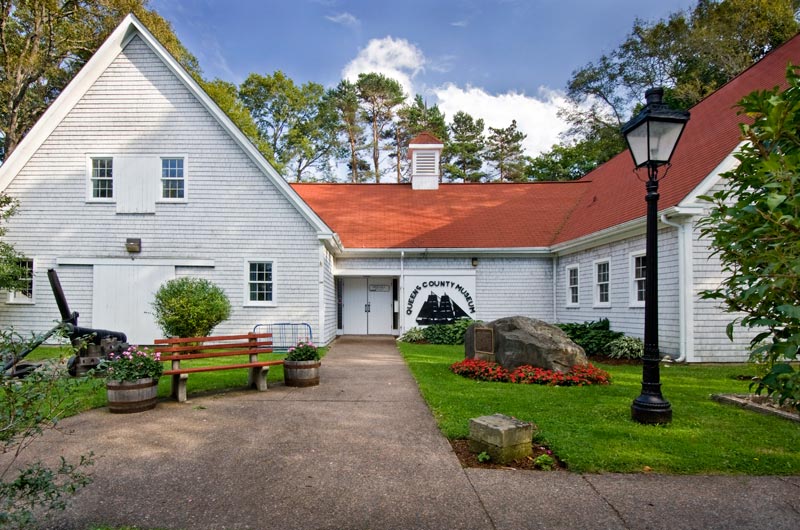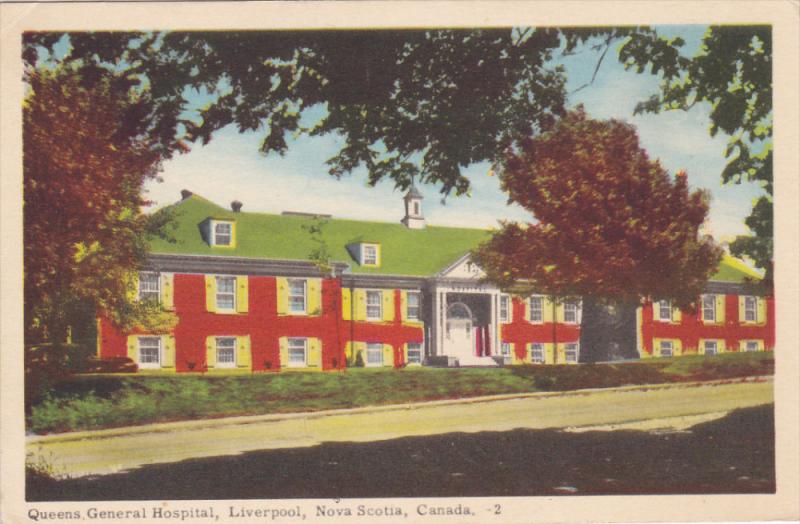The Region of Queens Municipality is a Canadian regional municipality in southwestern Nova Scotia. It is the northern gateway of the UNESCO Southwest Nova Biosphere Reserve, a centre of outdoor activities. Campgrounds at Kejimukujik National Park and National Historic Site, Thomas H. Raddall Provincial Park, and several other locations offer hiking, biking, canoeing, kayaking, cross-country skiing and snowshoeing. Take a look below for 16 interesting and awesome facts about Queens, Nova Scotia, Canada.
1. Its seacoast and inland areas are popular photo locations.
2. The municipality’s boundary includes all of Queens County except for First Nations reserves.
3. The municipality is 2,760 km2 (1,066 mi2) in size, with a diverse geography.

4. Some of its communities are on the Atlantic Ocean’s shoreline, while others are further inland; these differences can lead to localized weather patterns.
5. Overall, the municipality’s proximity to the ocean provides a temperate climate with mild winters, comfortable summers and a long autumn season.
6. The Region of Queens Municipality was formed in 1996 through an amalgamation of the town of Liverpool, Nova Scotia and the Municipality of the County of Queens.

7. In the 2016 Census of Population conducted by Statistics Canada, the Municipality had a population of 10,307 living in 4,742 of its 6,586 total private dwellings, a change of -5.6% from its 2011 population of 10,917.
8. With a land area of 2,392.63 km2 (923.80 sq mi), it had a population density of 4.3/km2 (11.2/sq mi) in 2016.
9. Liverpool, the county seat of Queens County, was founded in 1759 by the New England Planters.

10. Founded for the most part by New England settlers, Liverpool maintained strong ties with the American colonies until the sudden outbreak of the American Revolution.
11. On July 21, 1762 the Lieutenant Governor and Council of Nova Scotia declared that “the Townships of Liverpool, Barrington and Yarmouth together with the intermediate lands should be erected into a county by the name of Queens County”.
12. Parts of the new county were taken from Lunenburg County, which now lies to the northeast.

13. In 1784, Shelburne County was formed in part from southwestern portions of Queens County.
14. The new county boundaries were established by an Order-in-Council dated December 16, 1785.
15. Queens County contains substantial portions of Kejimkujik National Park, including the main body of the park inland north of Caledonia and the Seaside Adjunct near Port Joli and Port Mouton.
16. In 1996, the county’s municipal government merged with the town of Liverpool to form the Region of Queens Municipality, thus the county is contiguous with the boundaries of the regional municipality, minus First Nations reserves.




